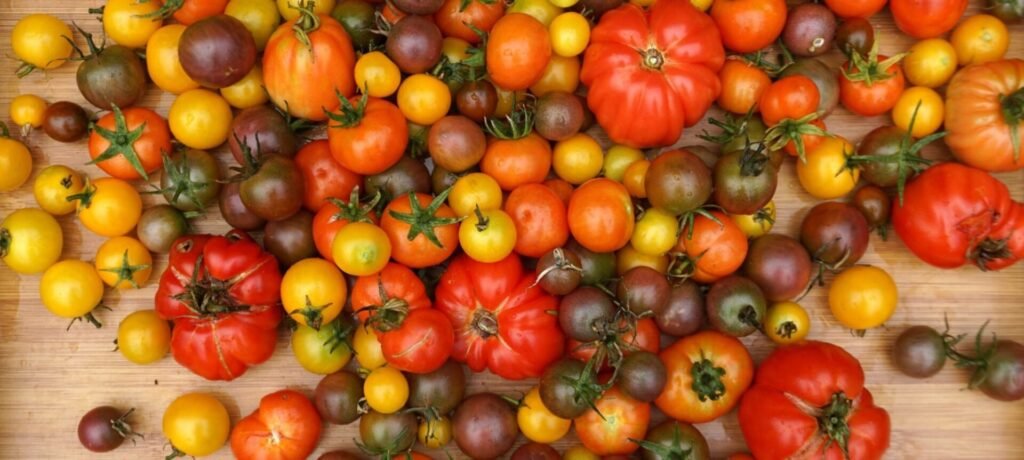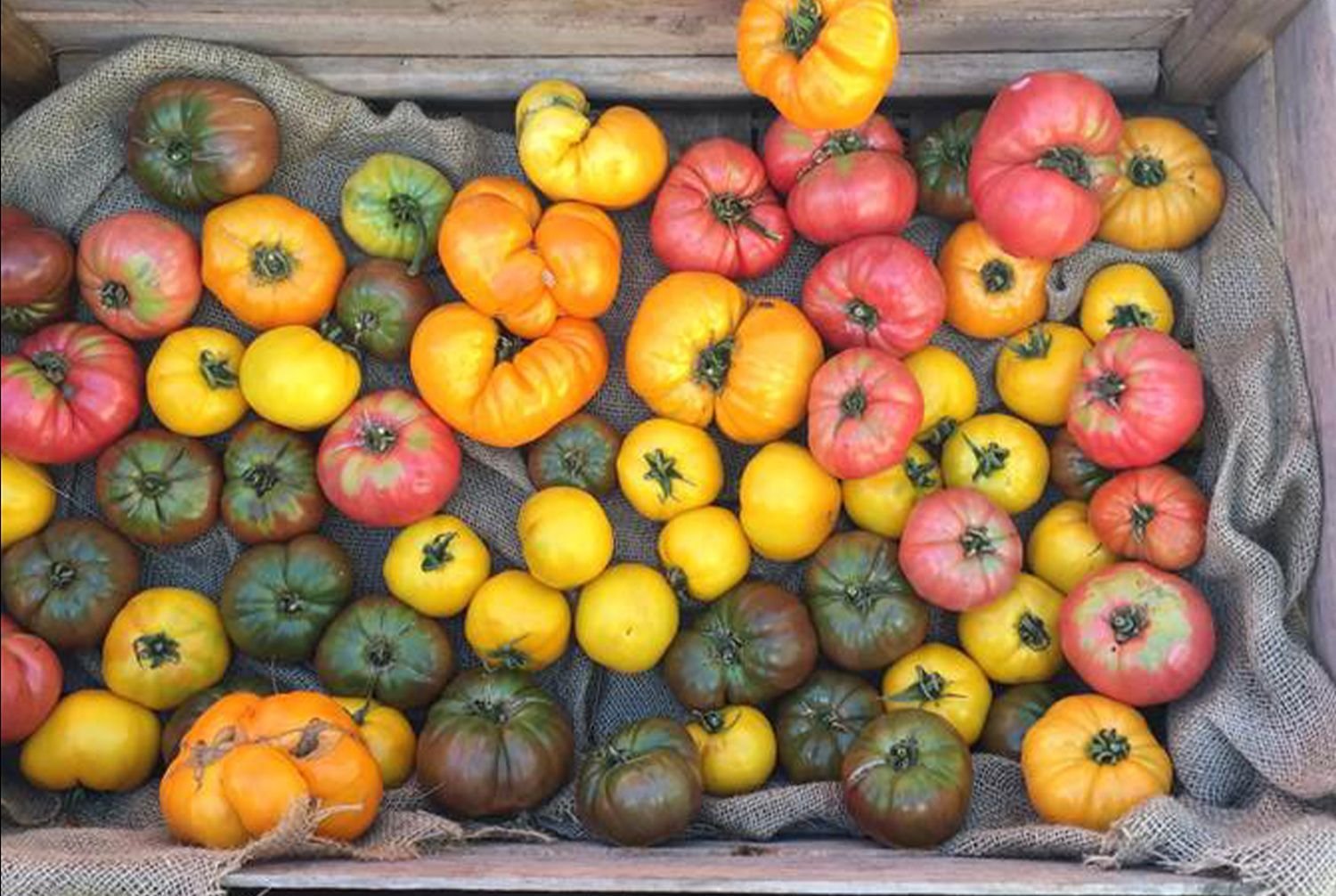In the world of gardening, there’s a timeless appeal to heritage vegetable varieties. These old-fashioned favorites, passed down through generations, offer a taste of the past and a connection to our agricultural heritage. In this article, we’ll delve into the fascinating world of heritage vegetable varieties, exploring their history, characteristics, and why they’re experiencing a resurgence in popularity among modern gardeners.
What Are Heritage Vegetable Varieties?
Heritage vegetable varieties, also known as heirloom or heritage seeds, are cultivars that have been passed down through families or communities for generations. These varieties are typically open-pollinated, meaning they reproduce true to type from seed, unlike hybrid varieties that require controlled pollination. Heritage vegetables come in a diverse range of shapes, sizes, colors, and flavors, reflecting the rich tapestry of culinary traditions from around the world.

The History of Heritage Vegetables
The history of heritage vegetables is intertwined with the history of agriculture itself. Many heritage varieties have been cultivated for centuries by farmers and gardeners seeking plants with superior taste, adaptability, and resilience. These varieties were often selected for their ability to thrive in specific climates or soil conditions, making them well-suited to local growing conditions. Over time, as industrial agriculture and commercial seed production became more prevalent, many heritage varieties fell out of favor in favor of hybridized, uniform cultivars.
Rediscovering Old Favorites
In recent years, there has been a growing interest in heritage vegetable varieties among gardeners, chefs, and food enthusiasts alike. Here are a few reasons why these old favorites are experiencing a resurgence:
Exceptional Flavor
One of the primary draws of heritage vegetables is their exceptional flavor. Unlike some modern varieties bred for uniformity and shelf life, heritage vegetables are prized for their unique taste and culinary qualities. From the sweet, tangy flavor of Brandywine tomatoes to the nutty, buttery taste of heirloom squash, these vegetables offer a sensory experience that can’t be replicated by their mass-produced counterparts.
Biodiversity Conservation
Growing heritage vegetable varieties helps preserve agricultural biodiversity by safeguarding rare and endangered plant genetics. Many heritage varieties are at risk of being lost forever as commercial seed companies focus on a narrow selection of high-yielding hybrids. By cultivating and saving seeds from heritage vegetables, gardeners play a vital role in protecting our agricultural heritage and ensuring the survival of diverse plant genetic resources.
Cultural Connection
Heritage vegetables are more than just plants; they’re living links to our cultural heritage and culinary traditions. Many heritage varieties have storied histories, rooted in specific regions or communities around the world. By growing these vegetables in our own gardens, we honor the traditions of those who came before us and celebrate the rich diversity of our agricultural heritage.
Popular Heritage Vegetable Varieties
There’s no shortage of heritage vegetable varieties to explore, each with its own unique characteristics and culinary uses. Some popular examples include:
Brandywine Tomato
This iconic heirloom tomato is prized for its large, beefsteak-style fruits and rich, complex flavor. Available in a range of colors, from red and pink to yellow and purple, Brandywine tomatoes are a favorite among tomato enthusiasts for fresh eating and slicing.
Lacinato Kale (Dinosaur Kale)
With its dark, bumpy leaves and earthy flavor, Lacinato kale is a staple in many home gardens and kitchens. This heirloom variety is known for its robust texture and excellent cold tolerance, making it a reliable choice for winter harvesting.
Detroit Dark Red Beet
Dating back to the 19th century, Detroit Dark Red beets are prized for their deep red color, sweet flavor, and tender texture. These versatile root vegetables can be enjoyed fresh in salads, roasted, or pickled for long-term storage.
How to Grow Heritage Vegetables
Growing heritage vegetables is a rewarding experience that allows you to connect with the past while enjoying delicious, homegrown produce. Here are some tips for success:
Source Quality Seeds
Start with high-quality seeds from reputable seed companies or heritage seed-saving organizations. Look for varieties that are well-suited to your climate and growing conditions.
Provide Adequate Care
Heritage vegetables have the same basic needs as modern varieties: sunlight, water, nutrients, and protection from pests and diseases. Provide your plants with the care they need to thrive, including regular watering, mulching, and organic fertilization.
Save Seeds
One of the joys of growing heritage vegetables is the opportunity to save seeds for future generations. Allow some of your plants to mature and produce seeds, then collect and store the seeds for planting in subsequent seasons.
Conclusion
In conclusion, heritage vegetable varieties offer a glimpse into the past and a taste of the extraordinary diversity of our agricultural heritage. By growing these old favorites in our own gardens, we not only savor their exceptional flavor but also contribute to the preservation of our cultural and culinary traditions. Whether you’re a seasoned gardener or just starting out, consider adding some heritage vegetables to your garden and experience the timeless pleasure of growing your own food from scratch.











